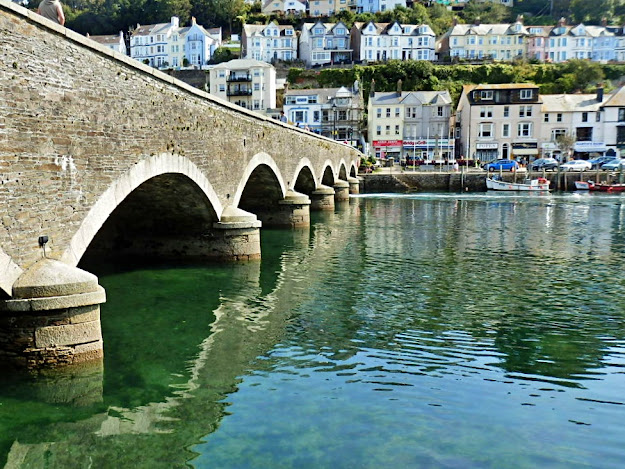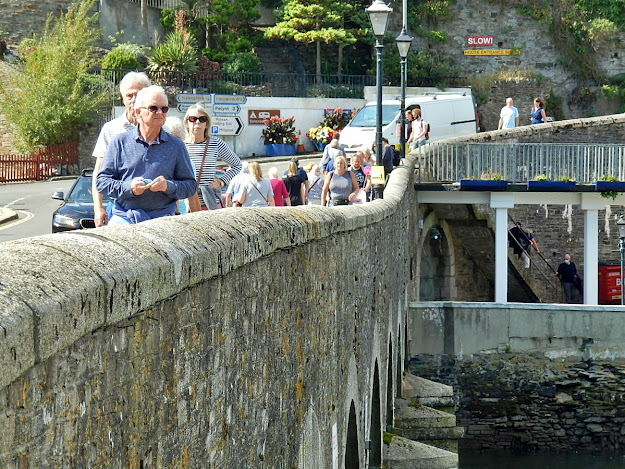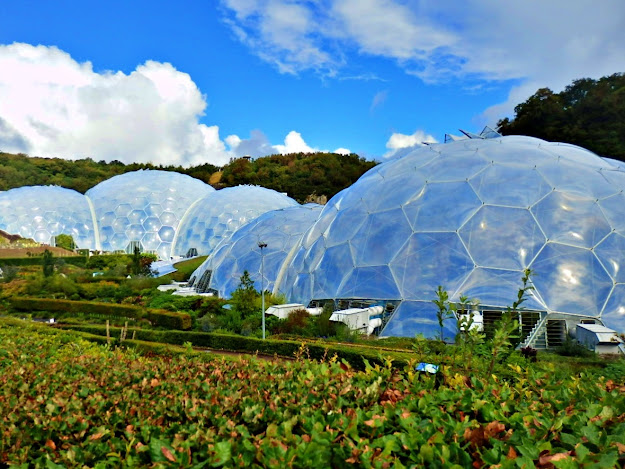We were heading off for a walk along Cornwall's coastal path and stopped off at Portmellon to park our car in a side road. We have friends who live nearby, so know of a parking spot. I snapped a few quick photos.
Portmellon is only about a mile from Mevagissey, but the road can be a bit hairy as it is so narrow. There is a detour, but this adds miles to the journey.
Opposite the small beach is the Rising Sun pub with locally sourced food.
The beach is sandy but there is a snag: it disappears at high tide with the sea almost lapping the road.
The beach does have it's own slipway.
There are some very pleasant - and very expensive - houses overlooking the beach. Some of the old houses fortunately remain.
I mentioned that the sea almost laps the narrow road. At times though, it very much overlaps the road as can be seen by the following two photos. I snapped these a while back, when the weather was a bit rough - to say the least!
Houses along the road have flood gates and similar defences for when the water spills across the road, sometimes causing local flooding.
That's all for today, thanks for visiting my blog.
There are some very pleasant - and very expensive - houses overlooking the beach. Some of the old houses fortunately remain.
I mentioned that the sea almost laps the narrow road. At times though, it very much overlaps the road as can be seen by the following two photos. I snapped these a while back, when the weather was a bit rough - to say the least!
Houses along the road have flood gates and similar defences for when the water spills across the road, sometimes causing local flooding.
A couple of Mevagissey Posts:


















































